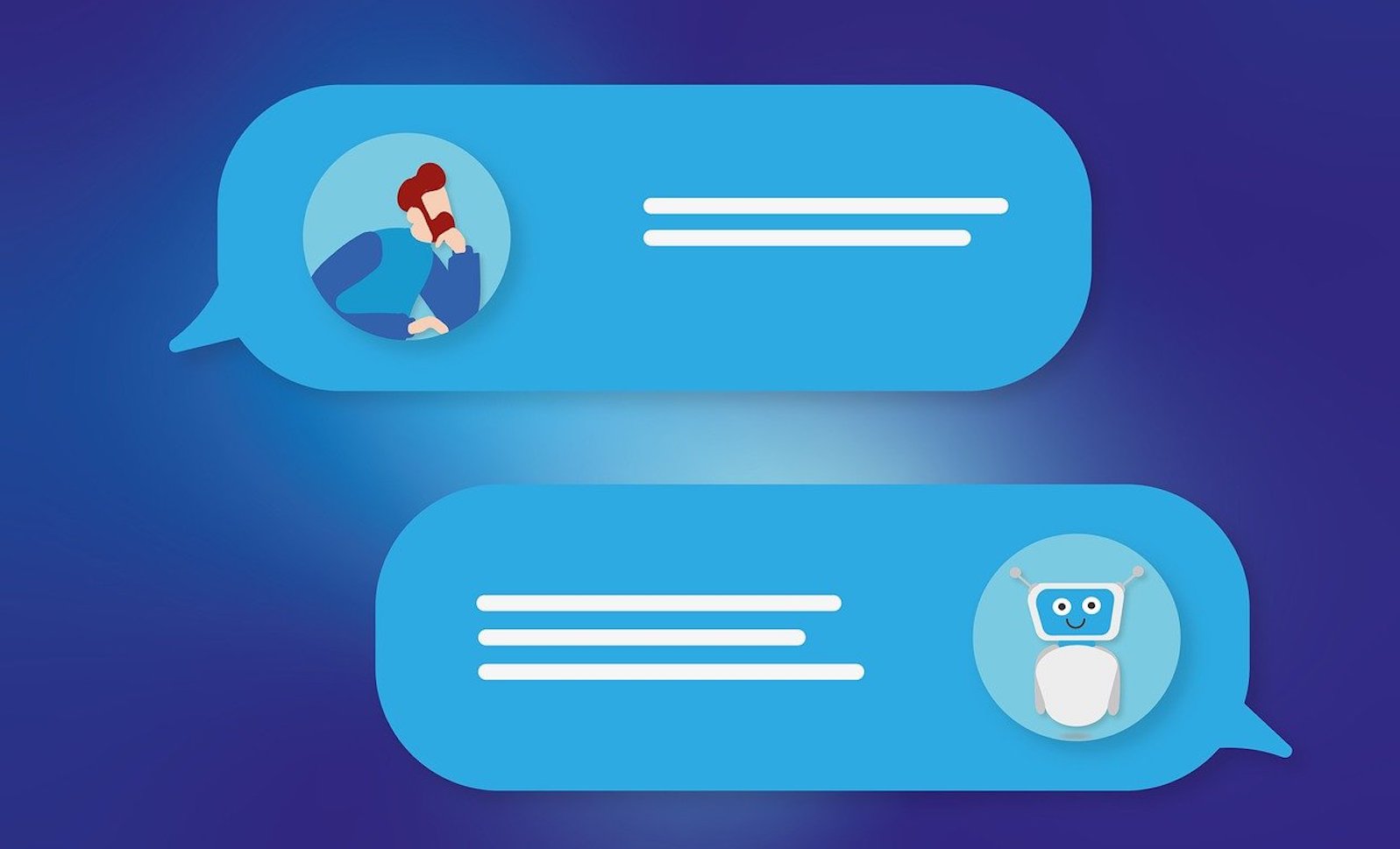Speed is everything. More specifically, as digital technology and software continue to transform traditional business sectors, the speed of innovation is everything. Those companies that can innovate quickly will thrive. Innovation comes through iterative experiments, large data sets and insights.
Artificial intelligence and machine learning (AI/ML) promise to automate much of the process to find those insights. However, programming AI and getting it right is a tricky business. If it were easy, everyone would be doing it.
Projections show a future market of $500 billion for AI applications, yet there are only 300,000 developers available. There is a big talent gap across all the required skillsets.
There are two core challenges here: 1) how to get to market with innovation quickly? 2) how to drive powerful AI/ML into those innovative applications and at scale?
Low-Code
Our answer to solve these challenges is to combine the speed of low-code application development with the scalability and power of the leading AI/ML engines and large data sets. The low-code approach to development breaks applications into distinct "blocks" within a visual interface, enabling a Lego-like assembly of drag-and-drop components to form a flow, which can then be deployed as a complete application. Almost all low-code development platforms will tread the common ground of basic RPA (robotic process automation), where documents or customer information flows from an input form into a portal and then a customer data platform (e.g. Salesforce). Low-code is common among marketing team applications that manage tracking segments and advertising campaigns.
Our evolution to the low-code platform brings the full power and potential of the leading AI engines and IoT platforms. With these smart engines incorporated directly into the low-code platform, complex AI-enhanced and IoT-connected applications can now be built much more quickly. Basically, the speed of low-code + the power of AI = enhanced speed of innovation.
The Smart Applications
As these AI applications become easier to develop and deploy, we are witnessing an explosion of use cases across industries. License plate readers are deployed to provide an almost touchless experience at the gas pumps. Drivers can now “just drive out” of parking garages because their license plates have been read at entry and exit, and fees are automatically calculated. License plate readers can automate any drive-through experience, where each coffee/food/pharmacy order is made on the app ahead of time and fulfilled orders are lined up to be handed out according to the queued cars.
Image recognition is becoming smarter at an astonishing rate: What was only primitive car counting and people counting two years ago, is now full 3D capture of streets, all the objects and moving vehicles while the car and camera are in motion. Each object is being recognized and rendered as a standalone 3D object in near real time. Our team has taken this technology to recognize weapons (rifles, guns, knives) with a high-90s percentage of accuracy and is offering it to schools. We can do this because the image recognition engine is now advanced and compact enough to run on a small edge computer on-site.
See also: SAAS 3.0: Smarter, Faster, Better
Low-Code Brings the Speed and the Smart Together
These AI capabilities are complex, involving terabytes of data to train and deploy. As the pace of innovation accelerates, the application development becomes the actual bottleneck, not the core intelligence of the AI or IoT engine within the app. Low-code gives a promising solution to this bottleneck: as new data sets become available, or new engines evolve, and as new deployment scenarios emerge that rely on legacy or complex data environments (e.g., the gas pump scenario has to go all the way to legacy solenoid switches to physically unlock the pump), Low-code will likely be the only development method that will be able to keep pace.








